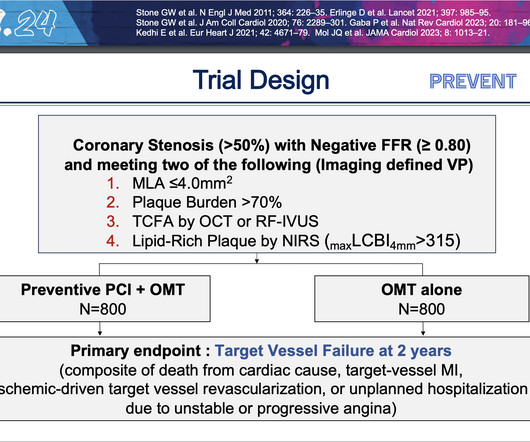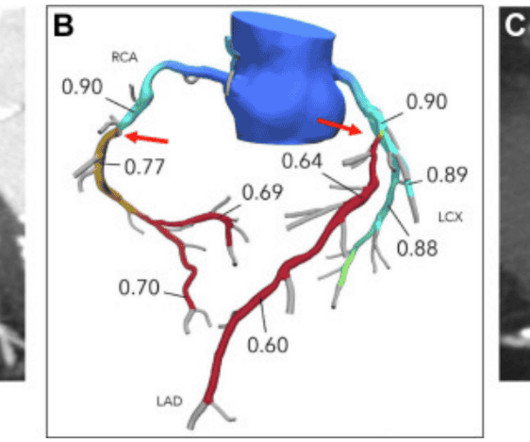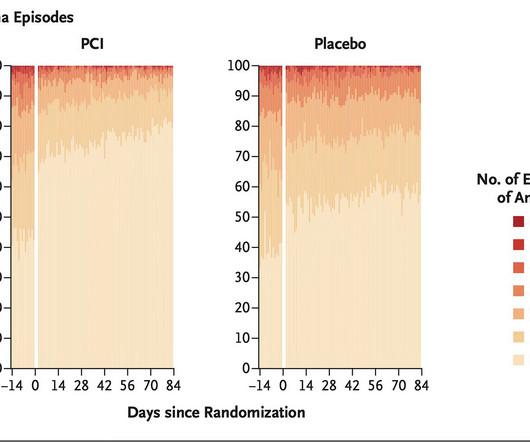GE HealthCare and Medis Medical Imaging Announce Collaboration Focused on Non-Invasive Coronary Assessments to Help Advance Precision Care in Treatment of Coronary Artery Disease
DAIC
MAY 14, 2024
Together, the two companies will work to further the development and commercialization of Medis Quantitative Flow Ratio (Medis QFR), a non-invasive approach to the assessment of coronary physiology, as part of GE HealthCare’s interventional cardiology portfolio built around the Allia Platform.



















Let's personalize your content